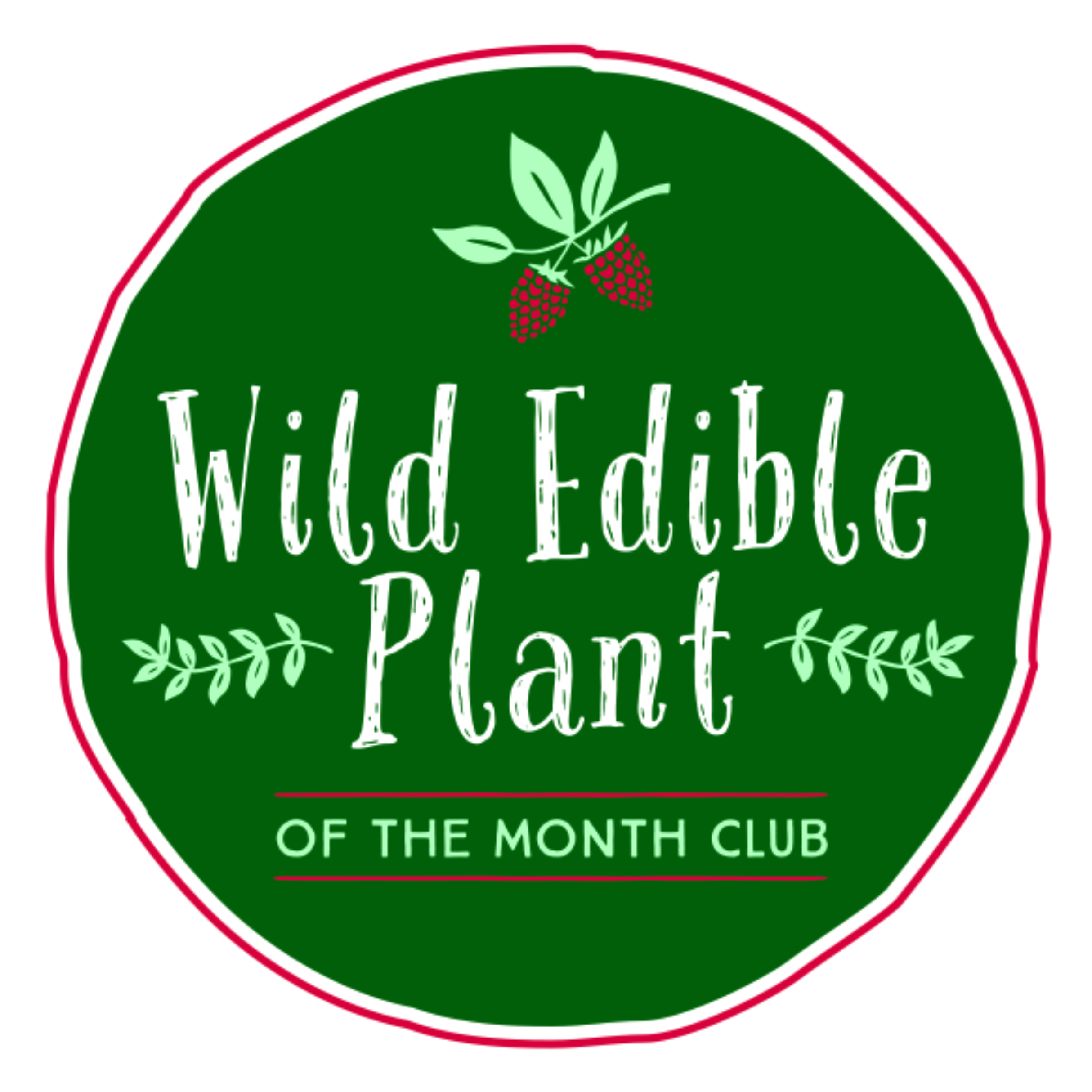Field Horsetail: Equisetum arvense
Scientific Name: Equisetum arvense
Common Names: Field Horsetail, Common Horsetail, Marestail, Bottle Brush
Family: Equisetaceae
Native Region: Field Horsetail is native to various regions across North America, Europe, and Asia.
Habitat: This plant typically grows in moist, open habitats such as meadows, ditches, marshes, and riverbanks.
Leaf Shape: The leaves of Field Horsetail are needle-like and arranged in whorls around the stem.
Leaf Margin: The leaf margin of Field Horsetail is entire (smooth, without teeth or lobes).
Leaf Arrangement: The leaves of Field Horsetail are arranged in whorls around the stem and are not on a stalk. They are alternate in arrangement.
Flower Description: Field Horsetail produces inconspicuous, non-flowering structures called "strobili" at the tips of its stems. These strobili are brown or tan in color.
Height: Field Horsetail can grow up to about 12-24 inches (30-60 cm) tall.
Plant Type: Field Horsetail is a perennial plant.
Several Interesting Facts:
Field Horsetail is one of the oldest surviving plant species on Earth, with a lineage dating back millions of years.
It reproduces via spores rather than seeds, which is a characteristic of primitive plants.
Field Horsetail contains silica in its tissues, making it abrasive and traditionally used for scrubbing and polishing purposes.
It has been used in traditional herbal medicine for its diuretic and astringent properties.
The name "Horsetail" comes from the plant's resemblance to the tail of a horse.
Edible Parts: The young shoots of Field Horsetail can be harvested and consumed. They are edible when they are still young and tender.
Taste: The taste of Field Horsetail is often described as grassy and mild.
Harvesting: The young shoots of Field Horsetail should be harvested in the spring when they are still in the early stages of growth.
Known Dangers: Field Horsetail contains certain substances that can be harmful if consumed in large quantities. Therefore, it is best to consume it in moderation.
Unique Identifying Features:
Whorled arrangement of needle-like leaves.
Non-flowering structures (strobili) at the stem tips.
Hollow, jointed stems.
Brown or tan coloration of the strobili.
Moist, marshy habitat preference.
Ways to Use in Cooking:
As a tea: The young shoots can be used to make a herbal tea, often consumed for its potential health benefits.
In salads: Field Horsetail can be used as a unique ingredient in salads, adding a grassy flavor and texture.
As a seasoning: Dried and ground Field Horsetail can be used as a seasoning to add flavor and aroma to various dishes.
Please remember that before consuming any wild plant, it is crucial to be absolutely certain of its identification and consult a local expert or reputable resource to ensure it is safe and appropriate for consumption. Additionally, when using wild plants in recipes, it's essential to verify the reliability and safety of the sources you find.
Disclaimer for WildEdiblePlantoftheMonth.com:
The information provided on WildEdiblePlantoftheMonth.com is for entertainment and educational purposes only. While we strive to ensure accuracy and provide reliable information, we cannot guarantee the completeness, relevance, or timeliness of the content presented.
Before using or consuming any plant mentioned on this website, we strongly recommend verifying the information with a qualified health professional or medical doctor. It is essential to exercise caution and always seek the advice of a health professional before touching, handling, or consuming any wild edible or medicinal plant matter.
The content on this website is not intended to diagnose, prescribe, or treat any illness, injury, or health condition. We do not assume any liability or responsibility for any allergic reactions, illnesses, or injuries that may occur as a result of using the information presented on this website or trying any traditional or folk remedies.
As with any natural product, wild edible and medicinal plants can be toxic if misused. It is essential to understand the proper identification, preparation, and usage of these plants before incorporating them into your diet or daily routine.
Please exercise caution and keep all plants, especially toxic ones, out of the reach of children and pets.
By accessing and using the information provided on this website, you agree to do so at your own risk. WildEdiblePlantoftheMonth.com, its authors, contributors, and affiliates cannot be held liable for any damages, losses, or negative consequences resulting from the use of the information on this website.
Always prioritize your safety and well-being by seeking advice from a qualified health professional or medical doctor when dealing with health-related concerns or conditions.
